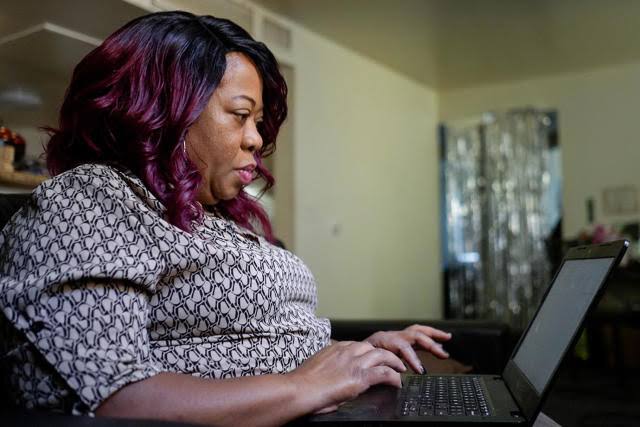One year later, California’s system to find missing Black people is working through its challenges
LOS ANGELES — La’Tannya Banks is still grappling with the traumatic experience of her 15-year-old daughter Lelah’s sudden disappearance, which lasted nearly two days in July. One morning, Lelah vanished from their Los Angeles apartment without warning.

“I thought she’d been abducted,” Banks recalled. “I immediately started panicking.” Desperate to find her only child, Banks worked relentlessly for 37 hours. She contacted every hospital in the area, hoping Lelah had been admitted. She visited local hotels with her daughter’s photo and posted Lelah’s pictures online, pleading for assistance from friends, family, and youth advocates.
However, when she approached the Los Angeles Police Department for help, Banks said she was met with a lack of urgency. Officers informed her that Lelah’s case didn’t qualify for an Amber Alert. It wasn’t until more than 24 hours later that they allowed her to file a missing person’s report.
“I reminded them that the first 48 hours are crucial in missing person cases,” said Banks, who previously worked with a medical examiner’s office. She expressed frustration over the lack of communication, with her calls and emails being passed from one officer to another, leaving her feeling helpless.


Comments are closed, but trackbacks and pingbacks are open.